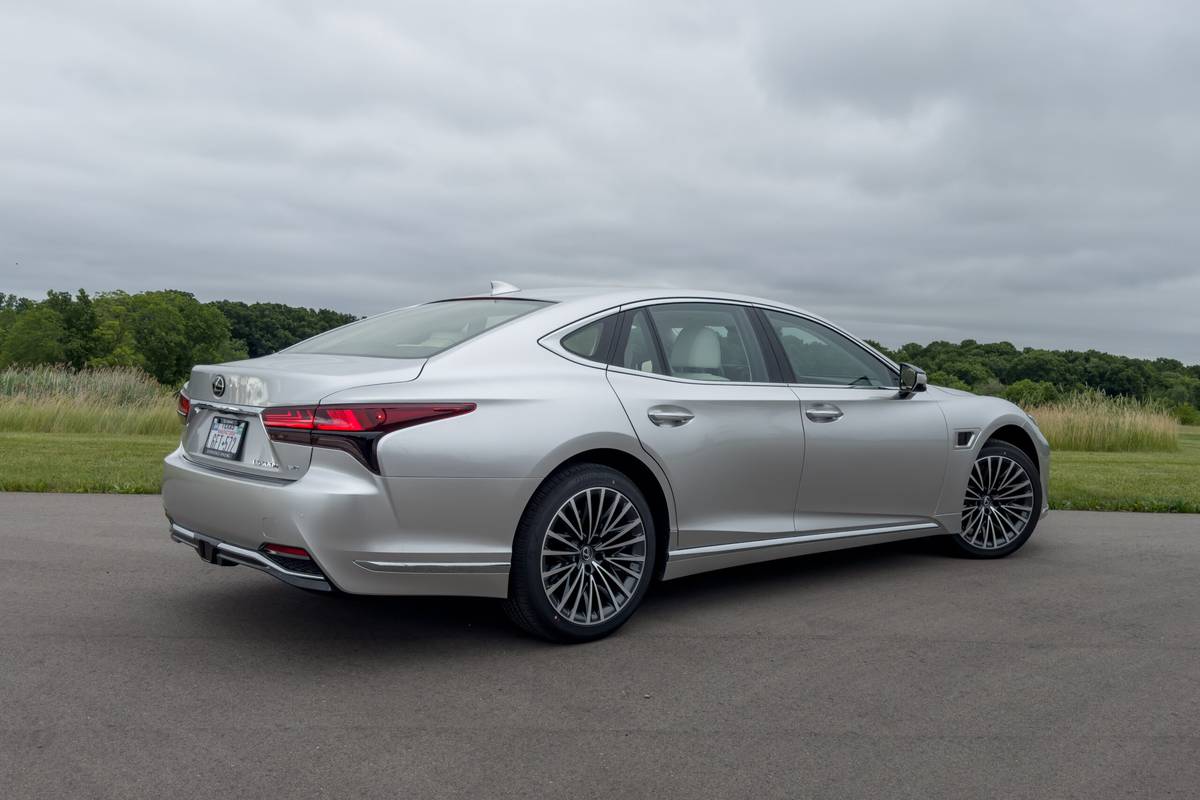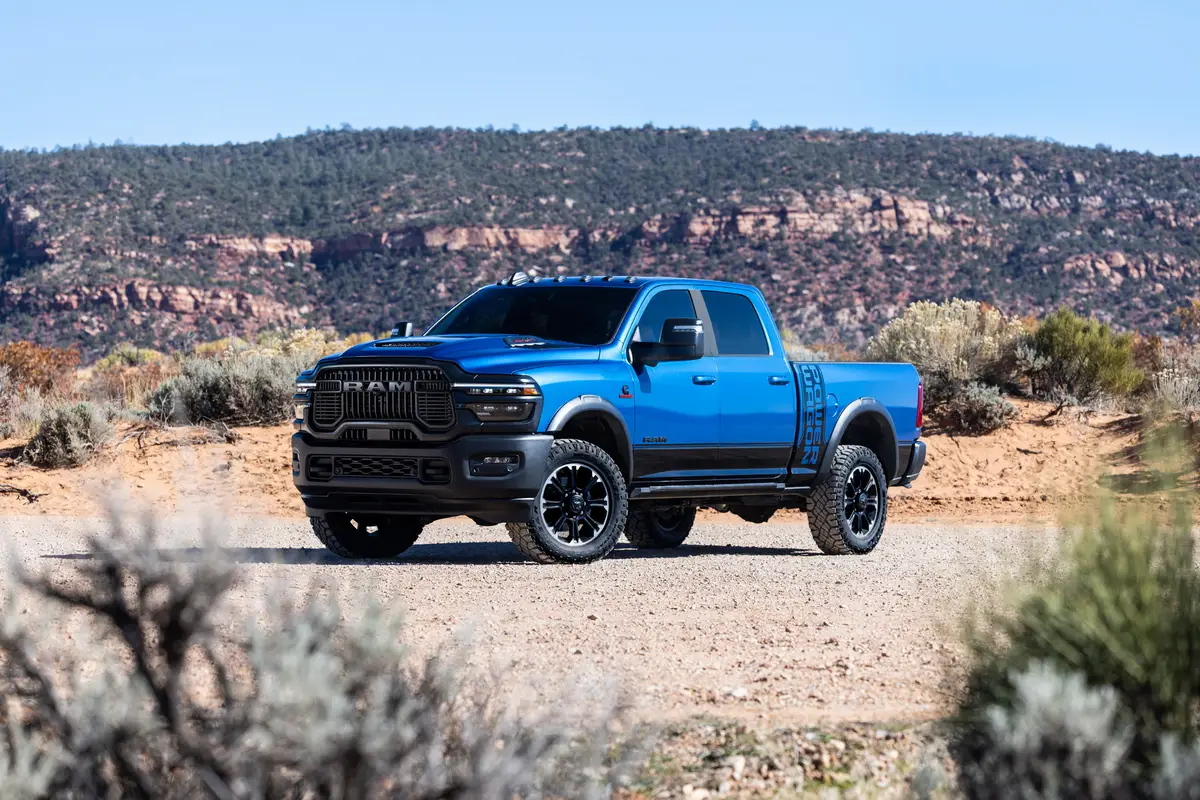KansasCity.com's view
The original Subaru Forester, essentially a tall station wagon with all-wheel drive, was a crossover utility vehicle before the term was even invented. It’s interesting how time has caught up with it and now the concept is all the rage.
The Forester has been totally redesigned for 2009, but it retains its essential formula: a horizontally opposed, four-cylinder aluminum engine; all-wheel-drive; and a tall cabin. The boxer engine configuration is similar to that of a Porsche 911 or an old air-cooled Volkswagen. This layout is advantageous because it enables the vehicle to have a low center of gravity in spite of its generous ground clearance, and a low center of gravity yields cornering without as much body lean.
There are seven Forester models, and prices start at $19,995, which is $1,200 less than last year. The XT Limited tops out with a base price of $28,195.
Inside, the Forester has ample headroom, comfortably contoured seats and a cabin designed to be practical without being utilitarian. The instrument panel has attractive textures and large gauges. Sweeping brushed silver panels curve from the doors through the dash and into the center console.
Switches on the steering wheel for audio volume and cruise control are handy.
The armrest on the center console adjusts to provide elbow support for drivers of different sizes, and storage spaces are plentiful.
The standard 60/40-split rear seat folds to provide a flat cargo floor. A double-wishbone rear suspension enables the cargo floor to be wider between the wheelhouses.
The rear seat has a central armrest. An optional retractable center tray can be used to hold food and drinks.
The Forester’s 2.5-liter engine embodies many of the current technologies found in other brands. Variable valve lift and a newly designed intake system help spread the engine’s 170 horsepower across a wide power band. A turbocharged version, with 224 horsepower, is available on the XT, and that is the model I drove.
Subaru said that the XT has a new turbocharger, intake system and intercooler. The XT’s turbo delivers power smoothly and without the typical lag found in older cars. I felt a slight shudder through the steering wheel as the four-speed automatic transmission shifted gears under hard acceleration. Most comparable vehicles have at least a five-speed automatic, and some have a six-speed. The four-speed means the Forester doesn’t feel quite as lively as 224 horsepower should feel.
The slight roughness I felt comes from the boxer engine configuration that is not as smooth as an inline engine.
All-wheel drive has been a staple of the Subaru brand for 35 years, and since 1997 all models are so equipped. The system on the Forester comes in two configurations, depending on the choice of transmission. Manual transmission models have a central differential that divides the power 50/50 between the front and rear wheels. If the front wheels slip, more power is sent to the rear, and vice versa.
Automatic transmission cars, however, use an all-wheel drive system that is more variable. Subaru indicates that an on-board computer determines how much traction is available for each wheel and then divides power accordingly. A vehicle stability control system with rollover sensor is part of the system as well.
In daily use, the simplicity of this system means the driver cannot feel the system switching power from front to rear. In snow or ice, the transfer is just as seamless, but the result is steady traction. All-wheel drive also enhances tight cornering and braking.
The Environmental Protection Agency rates the turbocharged Forester’s mileage at 19 mpg in the city and 24 on the highway, versus 20 city and 26 highway for the non-turbo model. All-wheel drive doesn’t appear to reduce fuel economy.
Price The test car’s base price was $26,195. Destination charges brought the sticker price to $26,860.
Warranty Three years or 36,000 miles with a five-year, 60,000-mile powertrain warranty.
Latest news



